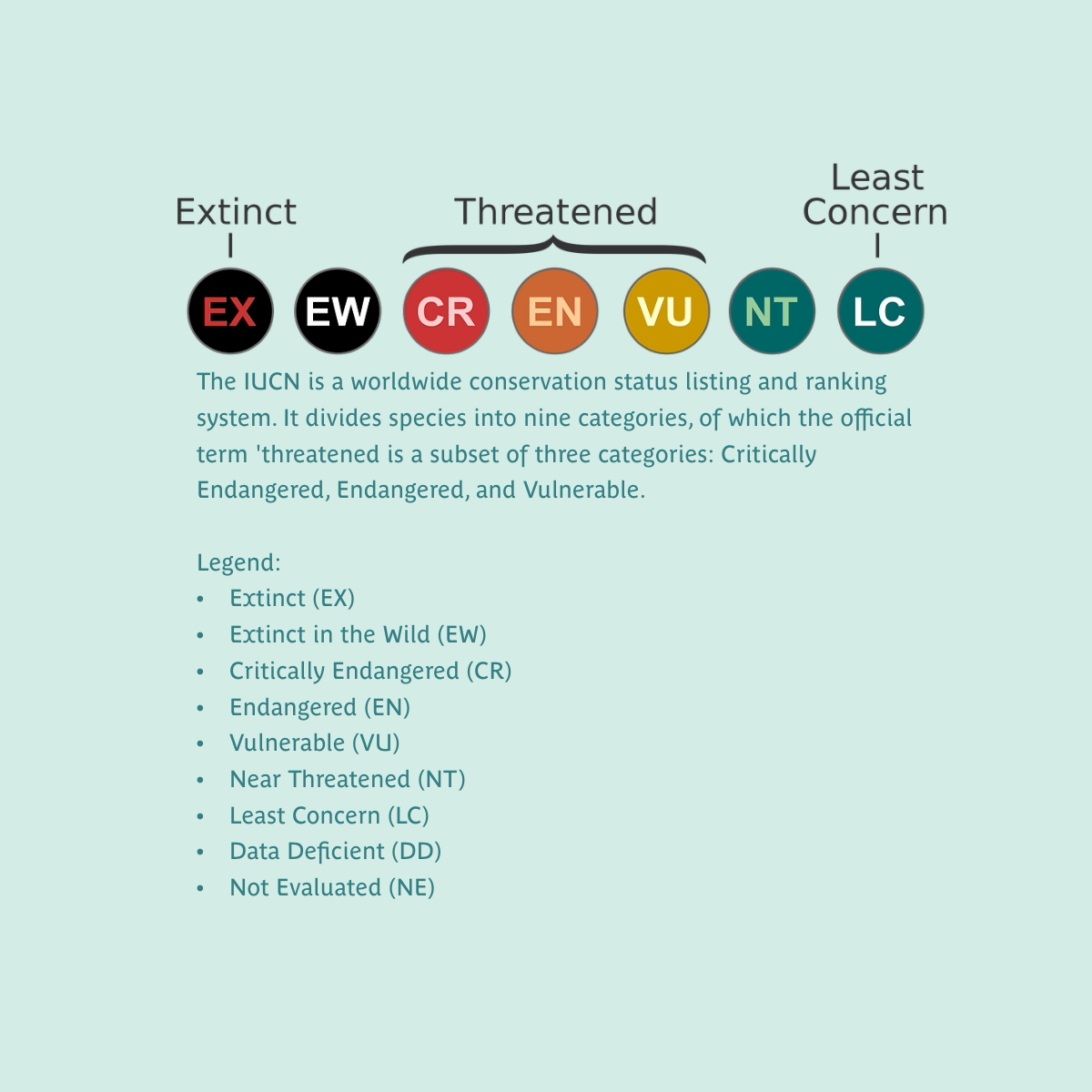Fun Facts
Bilbies are believed to have lived in Australia for up to 15 million years, with fossil remains of Bilby ancestors found in QLD!
Bilbies spend a lot of time in burrows to help protect them from predators and the hot Australian sun. Each Bilby may have up to 12 burrows, and they dig a new burrow every few weeks. All of this digging is really helpful to the environment. Bilbies are considered ‘ecosystem engineers’, as their digging helps restore soil health and promote vegetation growth, which is so critical in the dry, desert areas they live in. Their burrows are also used by other native animals.
Like other marsupials, female Bilbies have pouches for their joeys, but these pouches are backward-facing to prevent sand getting in when they dig.
Bilbies have poor eyesight so rely on their excellent hearing (thanks to their large ears) and a keen sense of smell to find food and escape from predators.
Bilbies don’t need to drink water as they get enough moisture from their food. This helps them survive in dry conditions and deserts in Australia.
Where can you find them?
Historically Bilbies were widespread and found across 70% of Australia, but now just a few scattered populations remain in Queensland, the Northern Territory and Western Australia. They are now only found in dry and semi-dry parts of Australia including the Tanami, Gibson and Great Sandy Deserts as well as grasslands in southwest Queensland.
Vulnerable
Conservation status
Bilby populations have declined rapidly over recent years, largely due to introduced predators like foxes and feral cats. They also face competition for food from introduced species such as rabbits and cattle. Changing fire patterns have also affected Bilbies. Large hot wildfires remove plants which protect them from predators. Small fires promote food plants for Bilbies and help prevent large fires. It’s important traditional patch burning continues where Bilbies live.
Greater Bilbies are classified as Vulnerable by the IUCN Red List. Source: Burbidge, A.A. & Woinarski, J.2016.Macrotis lagotis.The IUCN Red List of Threatened Species2016: e.T12650A21967189.https://dx.doi.org/10.2305/IUCN.UK.2016-2.RLTS.T12650A21967189.en. Accessed on 28 July 2023.
Caring for Australia's Wildlife
We want our little ones, and yours, to grow up with a healthy planet, where native plants and animals thrive. That’s why we donate 1 cent from every product sold to support Australian wildlife. We also seek to minimise our impact on the environment wherever possible.
Australian Wildlife facing threats to survival are featured on our packaging, to help raise community awareness and support for these important animals.








